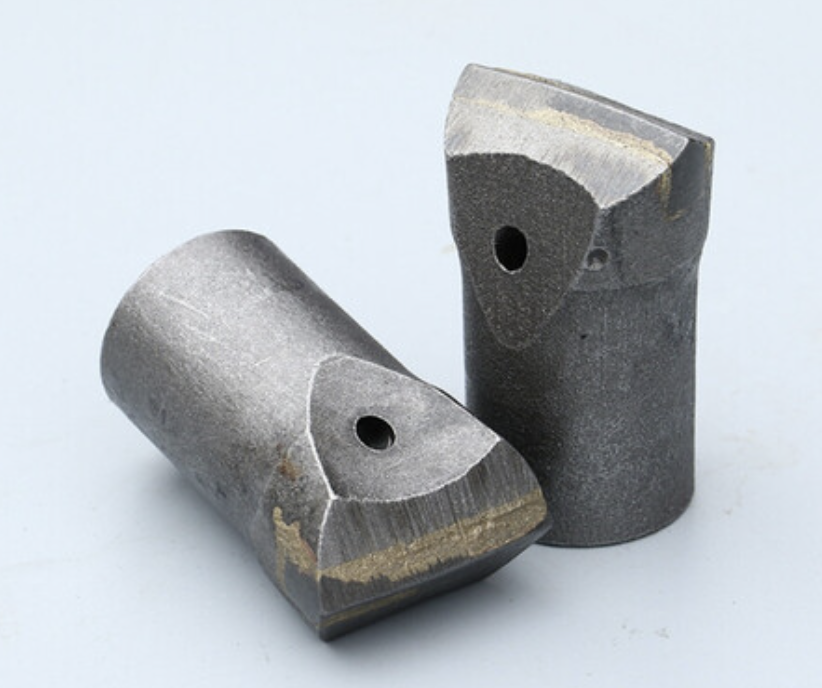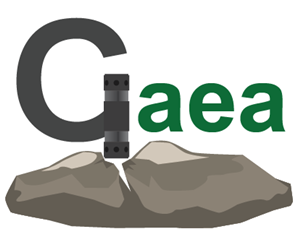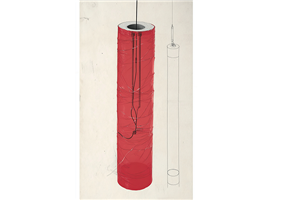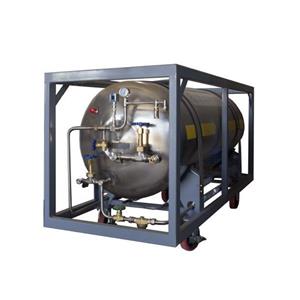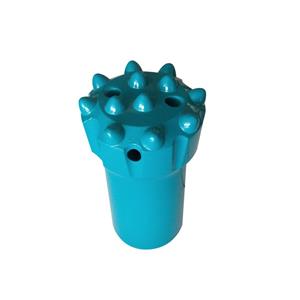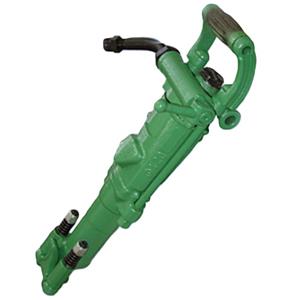Analysis of Causes of Damage to Rock Drilling Tools
Rock drilling tools are routine consumables in all kinds of drilling operations. Over years of use they represent a large portion of drilling costs, so they deserve our full attention. To maximize output at minimum cost, continual learning and summarizing of experience are essential.
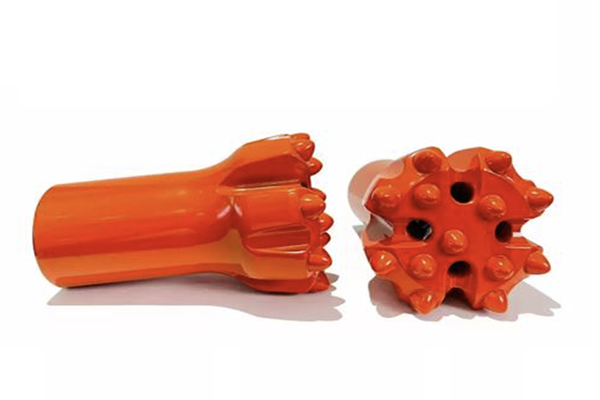
The service life of a drilling tool depends both on its intrinsic quality and on correct, standardized use. A skilled, careful operator can save substantial consumable costs for a rig—so even a good machine needs proper care and handling to perform optimally.
Below are several common causes of drilling-tool damage:
Misalignment of the tool assembly Misalignment between the shank tail, coupling sleeve, and drill rod causes bending deformation in the assembly. That deformation creates stresses that lead to poor fit at joints and loosening at connection points.
Mismatched feed (penetration) pressure
Too low feed pressure reduces penetration rate and can lead to looseness in the assembly, energy loss in the tool string, and high localized stress that causes instantaneous separation at contact surfaces. Signs of insufficient feed pressure include overheating of the tools, clicking sounds at joints, abnormal thread wear from overheating, and the formation of erosion pits.
Too high feed pressure reduces bit rotational speed, increases the risk of stuck bits, and raises bending stress in the drill rod.
Impact (percussion) pressure Incorrect adjustment of impact pressure directly affects rotary speed, drilling efficiency (rotary-advance efficiency), and tool life.
Rotary speed Rotational speed must match bit diameter and the rig’s impact frequency. For larger bits, lower rotation is required. Excessively high rotary speed damages the bit’s edge teeth.
Rotary pressure (torque/axial retention) Proper rotary pressure is critical: it helps prevent jamming of the drill string and is a prerequisite for maintaining needed rotational speed. Controlling rotary pressure is key to preserving the tightness of the tool assembly; insufficient tightness often causes joint overheating, thread surface flaking, premature thread wear, and even thread fracture.
Improper use Using worn or used tool assemblies together with new tools shortens overall tool life. Misalignment when making up couplings, dirt or sand on threads, and failing to apply lubricant to threaded connections also damage the drill string. “Air-hammering” (operating without bit engagement) is among the most damaging practices and should be avoided.
Closing remark Drilling is a demanding and complex undertaking. Extending the life of drilling tools requires coordinated cooperation among material suppliers, manufacturers, and users; it cannot be achieved by isolated effort. Competition in the industry drives vitality and progress, but collaboration among peers is also necessary to advance the field.
